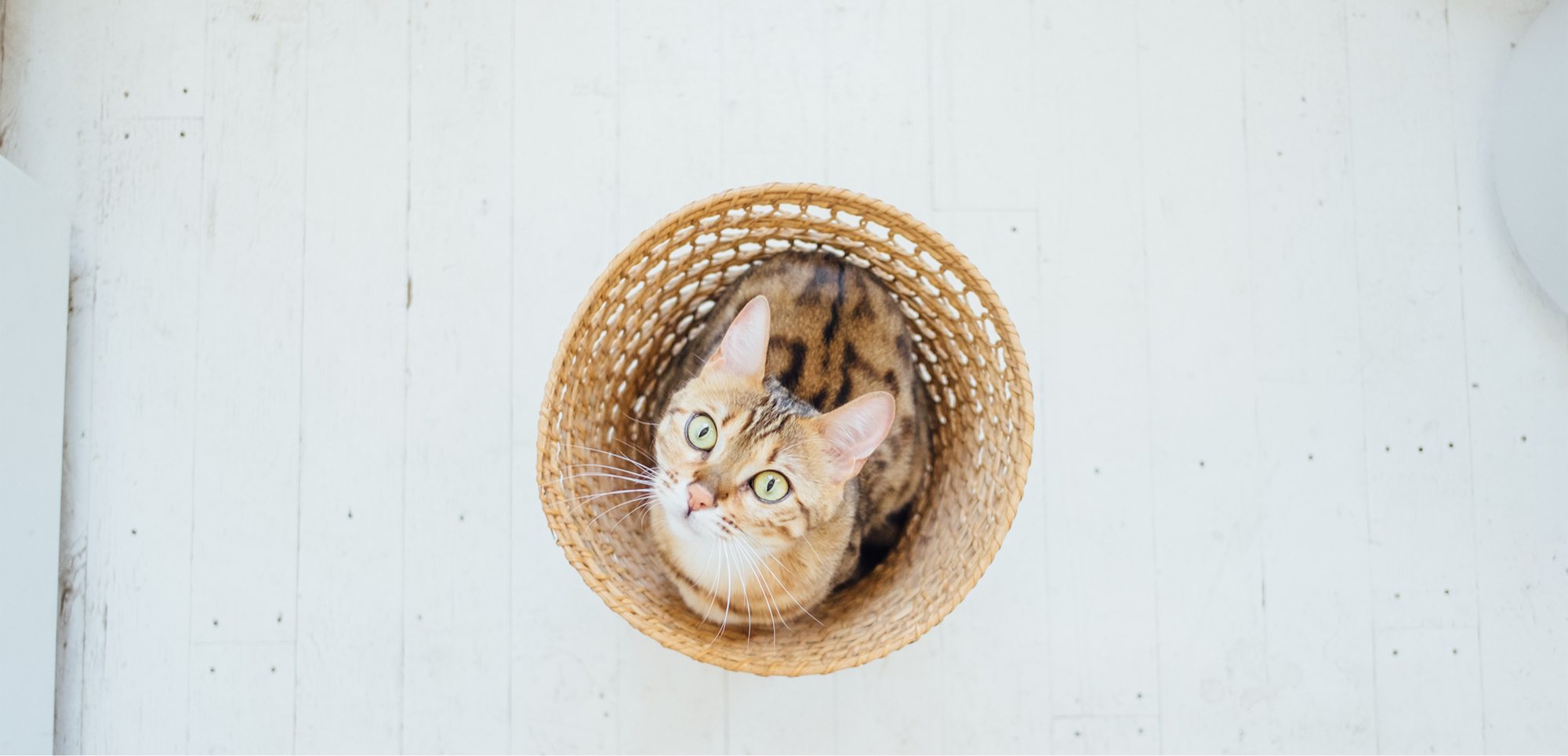How should I deter cats from entering my property
If you are experiencing frequent unwanted visits from our four legged friends, here are some tips to humanely discourage them from entering your garden
It is common practice in New Zealand to allow cats to roam freely from home. However, roaming cats are at a higher risk of being injured or killed from traffic or other animals, disease transmission, wild life predation and becoming a community nuisance. SPCA supports the practice of keeping cats at home, either kept on one’s property or within the house, you can find more information here.
Step #1 - Determine if the cat needs help
It is important to first determine if the cat needs help. If the cat looks sick or injured, if they are a kitten, a senior cat or a pregnant queen, please contact the SPCA and they can assist you immediately with these animals. If the cat appears to be healthy and not of a vulnerable age, they are likely to be an owned, free-roaming cat or a stray.
If you intend to capture a cat in order to transport it, you need to know the following:
- your obligations under the Animal Welfare Act for using live traps and abandonment of an animal
- how to best set a live trap so that stressors are minimised, for example, do not set the trap where the cat may be exposed to inclement weather or heat stress
- your obligations depending on your region related to unowned or stray cats that may be considered a pest; and where you will take the cat. SPCA does not take in healthy stray cats to be euthanased (for pest management).
Step #2 - Communication is key
- Talk to your neighbours
2. Identify owners
If you don’t know who owns the cats, here are some ways to help identify the owners:
- Use a paper collar to release the cat with a note to the owner prompting them to establish contact and alerting them about their cat coming onto your property. You can download a template for the paper collars here.
- Take the cat to a veterinarian or SPCA to have it scanned for a microchip to check if the animal and owner is registered on the NZ Companion Animal Registry.
- Post the cat’s information to the lost pet website to help identify an owner. Also, consider posting to community social media pages, in local newspapers, or at community hub corkboards. Contact other welfare groups in case the cat was reported missing with them.
Humane Methods of Cat Deterrants
- Physical Barriers
Physical excluders, such as fencing, are currently the only evidence-based approaches to deterring cats. Installing fencing can be very effective when designed correctly e.g. of adequate height. If your property is already fenced, you can add simple and inexpensive cat rollers to the top of your fence. These devices are very effective and usually used by pet owners to contain their dog or cat to their backyard but can equally be used to keep them out. There are a number of companies that sell these products but you can also make a DIY version from inexpensive materials. You can see a video of them in action here.
You can also modify your fence by attaching netting, plastic or metal sheeting, making them slope outwards so the cat can’t climb in or attach a thin wire about 5cm above the fence along its entire length, so the cat can’t balance on it.
2. Removing Attractants
Check to see if there are things on your property which may be appealing to your feline visitors. Common cat attractants include food left outside, sand boxes or freshly turned soil, rubbish bins not properly secured, rodent populations and cats which are not desexed.
3. Chemical Barriers
There are many chemical deterrents that people have used to deter cats such as coffee grounds and various sprays from pet supply stores. These methods have largely shown mixed results and have not been well studied. However, if you’re making your coffee at home anyway, it may be worth sprinkling the grounds in your garden and see if it works for you!
4. Keeping Cats out of Garden Beds
Cats prefer to dig in loose dirt so if possible, try placing objects on top of or pushed into the soil that will discourage them from digging, such as: pebbles, pine cones, crushed eggshells, plant stakes, or wooden chopsticks.
5. Other Potential Methods
Motion-activated sprinklers can be effective at deterring cats.
6. Methods to Avoid
Mothballs and citrus peels are toxic to cats and may attract cats, therefore they are not recommended methods of chemical deterrents.
Start with the exclusion and removal of attractants methods, use a combination of different methods and don’t give up too soon! Remember that cats are performing their natural behaviours and it is the responsibility of their owners to make sure they are not being a nuisance to their community.


